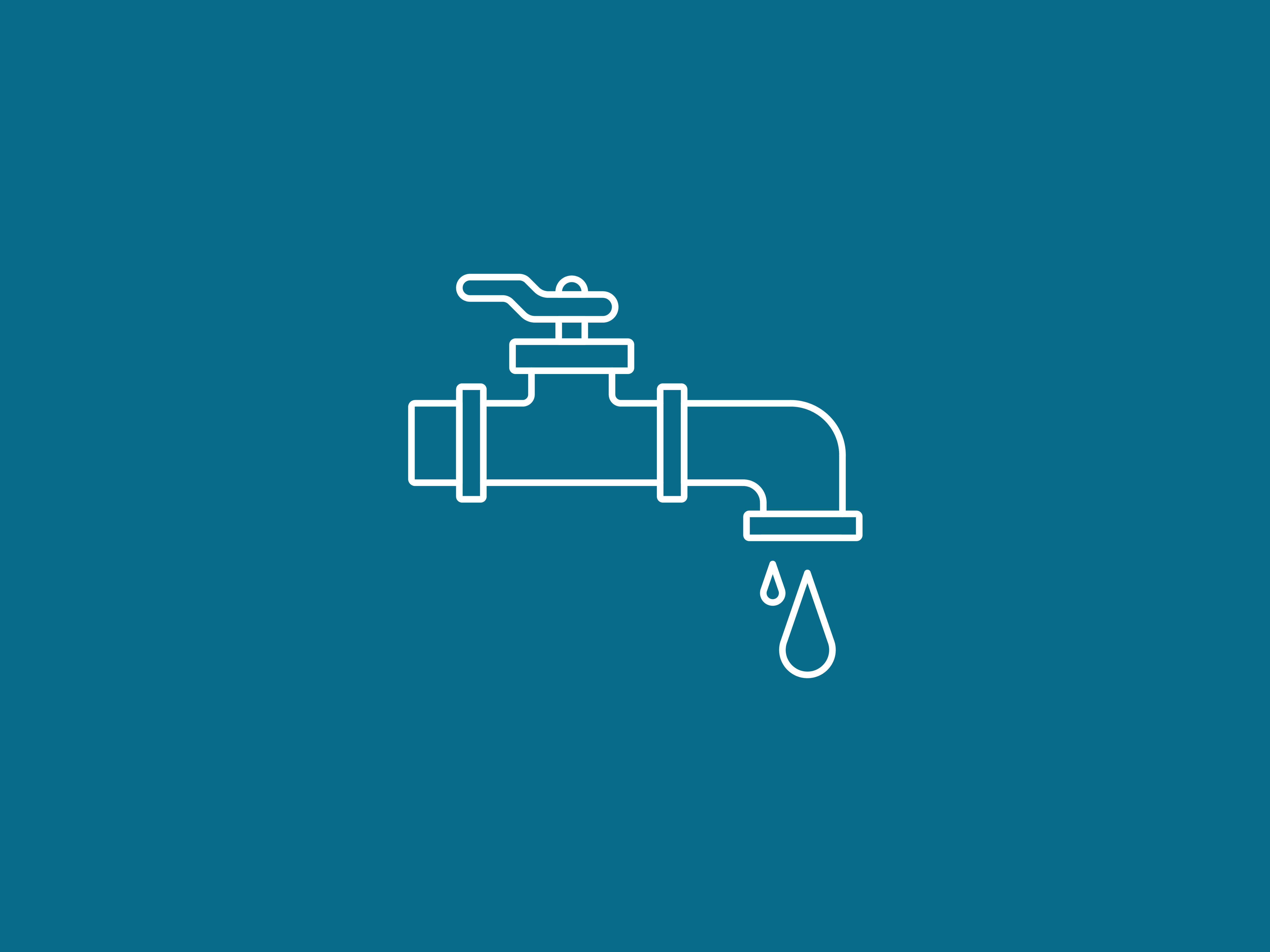
Throughout this pandemic, the region’s drinking water and wastewater utilities have continued to provide essential services even as their staffing is reduced to maintain social distancing. Despite an ability to rise to the immediate challenge, utilities face an array of issues, some of which are just beginning to emerge.
Stay-at-home orders have led to declines in commercial and industrial water use. The National Association of Clean Water Agencies estimates that water utilities will experience a 20 percent drop in revenue on average, and a recent survey by the Illinois Section of the American Water Works Association shows that those serving commercial and industrial users are already seeing significant loss.
Access to clean water is key to preventing the pandemic from spreading, and that must remain a priority as unemployment soars. Even residents with jobs may struggle to pay bills. Household income has remained stagnant, particularly for the working class, while utility rates have increased due to rising costs and aging infrastructure, according to research by the Metropolitan Planning Council, Illinois-Indiana Sea Grant, and Elevate Energy. For immediate relief, suppliers are reinstating disrupted service and putting a moratorium on water shutoffs, and many groups have called for assistance programs to help customers with low incomes. A vital long-term strategy is needed on equitable rate structures.
The public health crisis makes upgrading infrastructure and replacing drinking water and wastewater utilities all the more urgent, even as many utilities are hitting the pause button on non-essential maintenance work or on extensive capital projects.
Investing in our water systems is necessary to replace lead service lines, address water loss, and handle emerging contaminants whose full impact on humans remains unknown. Nearly 50 utilities in the Chicago region have recorded that at least 25 percent of their service lines are composed of lead pipes. As of 2019, over 100 utilities using Lake Michigan water reported losing more water — through leaky pipes and accounting issues — than is allowed by their state permit.
Rebuilding water infrastructure has public support and provides an avenue toward a stronger economy by creating local jobs. Directing recovery and stimulus funding to our drinking water and wastewater utilities is critical to maintain these vital services, protect our water resources, and jump-start the economy. ON TO 2050, the comprehensive plan developed and being implemented by the Chicago Metropolitan Agency for Planning, provides guidance on how to optimize water infrastructure investments as well as maintain drinking water infrastructure and manage demand.
